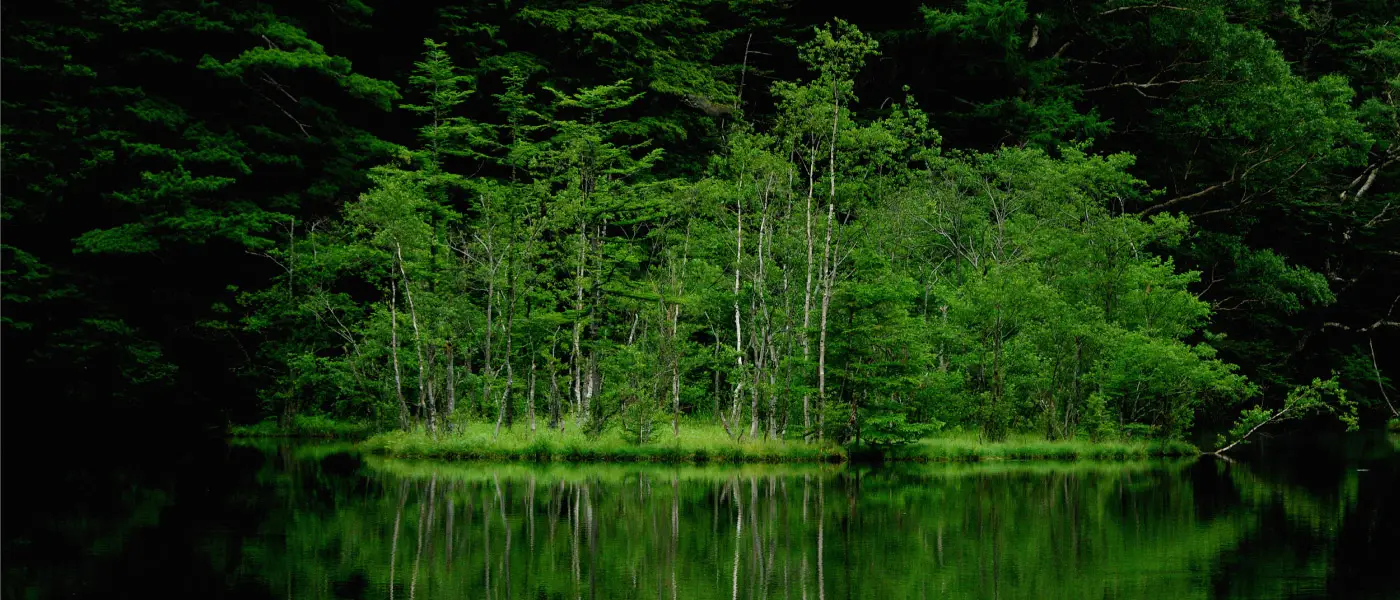This past Sunday, the Hotaka Oku-Miya Shrine was host to an important ceremony which offers thanks to the gods for safety in the mountains. The O-fune Matsuri, or "Boat Festival" is a yearly event whose roots stretch back a long way beyond its sixty year history. For all those in attendance, it was a great chance to observe a solemn and powerful Shinto ritual in the midst of the glorious autumn weather currently gracing Kamikochi.
While many of us don't normally associate boats with mountains, the theme of water does in fact play a significant role in Kamikochi's geography and history. The Azusa River, which flows through the Matsumoto Basin, has its source in the mountains of Kamikochi. These waters are revered for their purity all around the area and they figure in other yearly rituals like the "Water Drawing" and "Water Returning" ceremonies which unite the Hotaka Oku-Miya Shrine with the Hotaka Shrine in Azumino City. For further reading on this topic, see my article from earlier this year: https://www.kamikochi.org/articles/featured-articles/142-asusa-nature-and-culture-flow-as-one-in-the-sacred-river-2 (especially under the headings "Returning to the Source" and "Traces of an Ancient Culture").
Those in attendance at this year's Boat Festival enjoyed a day of beautiful, clear weather as was the case with last year's festival. It's what the Japanese call ""Nippon bare," a term which describes clear, crisp autumn skies and scenery. Autumn has a certain bracing quality that you don't get in summer and in Kamikochi, it's like nothing else in the world.
The festival began at 11am with a "shinji," a Shinto ritual held to mark the opening of a significant event. Priests performed blessings while dancers moved in time to traditional music of simple, restrained beauty.

If you've never attended a festival or seen a Shinto ceremony, they are two things which should be near the top of your "to do" list while in Japan. Something about the quiet dignity of the ceremony and the precise movements of the dancers embodies Japanese notions of beauty and grace. It's hard not to be overwhelmed in the presence of such performances.

The shrine itself was lavishly decorated for the event, but the Boat Festival's most unique feature is surely the boats themselves. With brightly colored animal carvings on their bows, these vessels are a delight to behold and further add to the festive atmosphere:


The main event saw both of these boats taking to the waters of Myojin Pond with priests and shrine maidens riding in a standing position and properly attired for passage across sacred waters.
Afterwards, a ceremony was held to commemorate those who lost their lives to accidents in the Northern Alps, which is the somber flipside to thanking the gods for safety. And this brings me to my next point: all around the world, different cultures have common sense expressions which reflect their own religious backgrounds, as with the Islamic "Praise Allah, but tie your camel" and the Christian "Praise the Lord and pass the ammunition." Whatever faith (if any) you follow, in the end, your safety is your own responsibility. And it's not to be taken lightly.
On a lighter note, I'm happy to say that this year's Boat Festival was a great success with many taking advantage of the extended weekend to experience local culture unique to Kamikochi. With only a few more weeks left in Kamikochi's 2012 season, it's the perfect time to pay us a visit and enjoy the popular autumn period at its peak. And be sure to visit our Facebook page with any questions or comments you might have: http://www.facebook.com/kamikochi
Sources of Information:
National Park Guide Website: http://npg-alps.net
Kamikochi Shimuza Hotel Website: http://www.kamikochi-shimizuya.com







